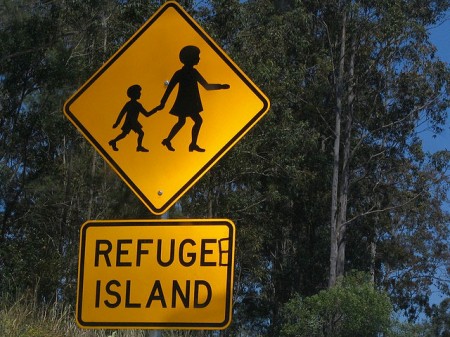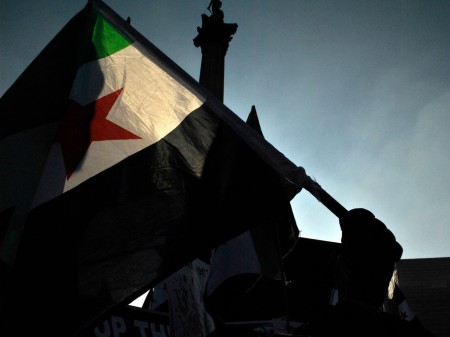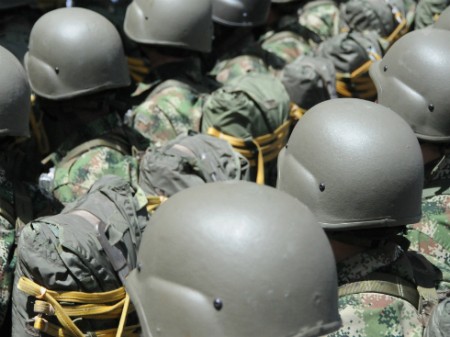
While the political mayhem befalling Libya, Mali, and Syria, has been victim to some media sensationalism, the uproar has also shed light on a growing concern over escalating illicit arms trafficking, a generally accepted cause in the senseless killing of thousands. The long-lasting issue has again become a focal point of an international community relentlessly attempting to find new ways to contain it. Discussions have opened another “Pandora’s Box.” The challenge is drowned in the magnitude and complexity of the problem. Licit and illicit arms trade is lucrative, reaching far over $60 billion. A bewildering array of weapons change hands each year. The small arms trade market alone is estimated at $8.5 billion, with illegal sales raising the total by a staggering $2 billion. Direct consequences are alarming. According to UNDP Assistant Administrator Joseph Ryan “more than half a million people die every year as a result of armed violence” and as many as 2,000 people die each day in conflicts fueled by illegally traded arms.




